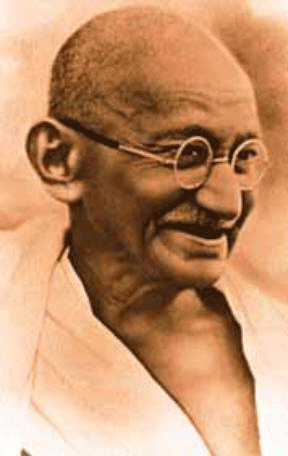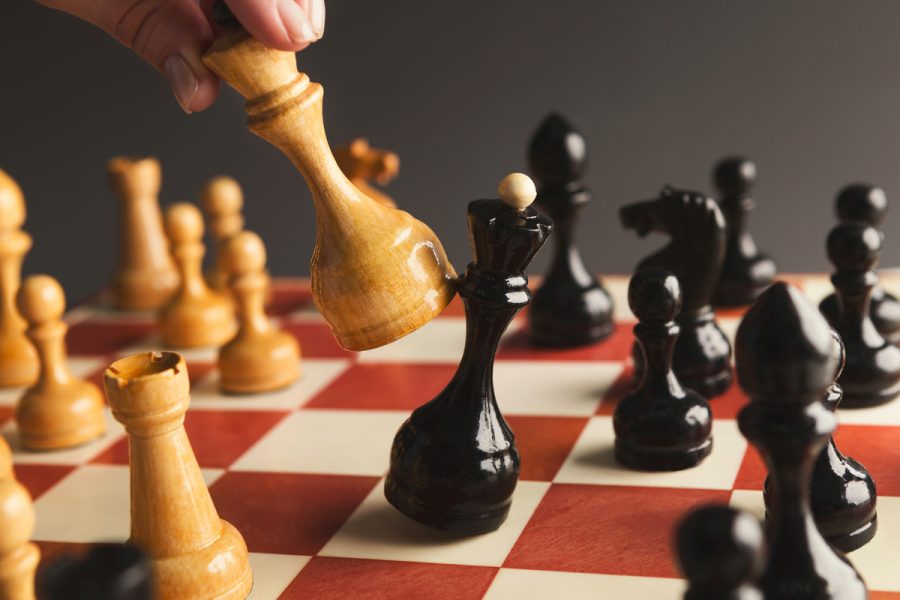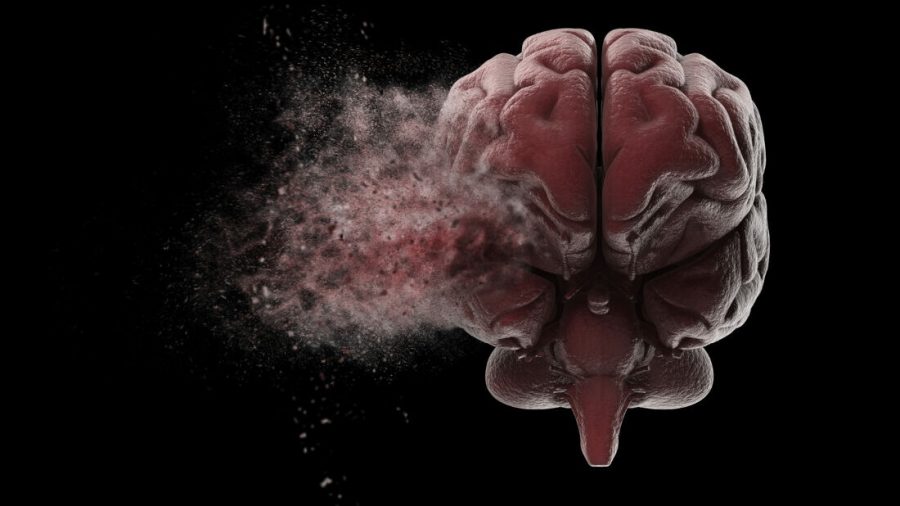It is an unavoidable part of life, something we habitually try to hold off as long as possible. But sometimes the inevitable comes sooner than we’d like and nothing can be done to stop it.
On this day in history, Mohandas Karamchand Gandhi died at the hands of a Hindu assassin.
Born in India to a merchant family, he went to England to study law at age 19. It was in London where he was exposed to Henry David Thoreau’s “Civil Disobedience” which would shape his principle of non-violence later in life.
From 1858 to 1947, India was directly controlled by Britain, although the English had been a domineering force in the country since the early 18th century. After World War I, where roughly one million Indians served, a new era of British reforms called for Indian independence. Mohandas Gandhi became the face of this movement, beginning with his calls for boycotting British goods and the British government in 1920 which led to his imprisonment from 1922-1924.
By 1930 he had gained a mass following and was joined by thousands in his Salt March to the Indian Ocean which protested the British salt tax and monopoly. He was again thrown in prison for his defiance of the British rule. When World War II exploded in Europe, Gandhi demanded that India be given independence in return for fighting with the British against the Axis powers.
In 1947 India was finally free of English rule after a nearly 350 year turbulent relationship. However, Gandhi wasn’t finished with preaching non-violence just yet. India was partitioned on the 15th of August, 1947 in order to prevent the civil war between the Muslims and Hindus living in India. Although Gandhi was against the partition, in the end he accepted it in hopes that it would end the conflict between the two religious groups.
Gandhi dedicated the rest of his life to helping end the hostilities between the Muslims and Hindus. He went on a hunger strike upon seeing the horror of the riots that occured between the two groups when the partition of India went into effect. He insisted that India should return the 550 million rupees (over 11 million in US currency) it was withholding from Pakistan. While noble, these demands led to his death on Jan. 30, 1948. He was on his way to a prayer meeting when he was shot three times by a Hindu nationalist who felt that Gandhi was too soft in regards the to Muslims.
On Jan. 30, 2012, Tom Andes performed at Murry’s, the Young Socialist club met and the RBHS senior guidance counselors gave a presentation on financiall aid, but 64 years ago and 7,850 miles away, Mohandas Gandhi met death as he walked through the Biria House gardens.
Born in India to a merchant family, he went to England to study law at age 19. It was in London where he was exposed to Henry David Thoreau’s “Civil Disobedience” which would shape his principle of non-violence later in life.
From 1858 to 1947, India was directly controlled by Britain, although the English had been a domineering force in the country since the early 18th century. After World War I, where roughly one million Indians served, a new era of British reforms called for Indian independence. Mohandas Gandhi became the face of this movement, beginning with his calls for boycotting British goods and the British government in 1920 which led to his imprisonment from 1922-1924.
By 1930 he had gained a mass following and was joined by thousands in his Salt March to the Indian Ocean which protested the British salt tax and monopoly. He was again thrown in prison for his defiance of the British rule. When World War II exploded in Europe, Gandhi demanded that India be given independence in return for fighting with the British against the Axis powers.
In 1947 India was finally free of English rule after a nearly 350 year turbulent relationship. However, Gandhi wasn’t finished with preaching non-violence just yet. India was partitioned on the 15th of August, 1947 in order to prevent the civil war between the Muslims and Hindus living in India. Although Gandhi was against the partition, in the end he accepted it in hopes that it would end the conflict between the two religious groups.
Gandhi dedicated the rest of his life to helping end the hostilities between the Muslims and Hindus. He went on a hunger strike upon seeing the horror of the riots that occured between the two groups when the partition of India went into effect. He insisted that India should return the 550 million rupees (over 11 million in US currency) it was withholding from Pakistan. While noble, these demands led to his death on Jan. 30, 1948. He was on his way to a prayer meeting when he was shot three times by a Hindu nationalist who felt that Gandhi was too soft in regards the to Muslims.
On Jan. 30, 2012, Tom Andes performed at Murry’s, the Young Socialist club met and the RBHS senior guidance counselors gave a presentation on financiall aid, but 64 years ago and 7,850 miles away, Mohandas Gandhi met death as he walked through the Biria House gardens.



















































































.VkM4XHorIdU • Jan 22, 2016 at 9:18 am
Lydia is a cold, emotionally-closed off woman, nonetheless despondent over the loss of life
of her husband years earlier.
Shivangi Singh • Jan 30, 2012 at 11:28 am
YOU ARE AWESOME, JESSICA!